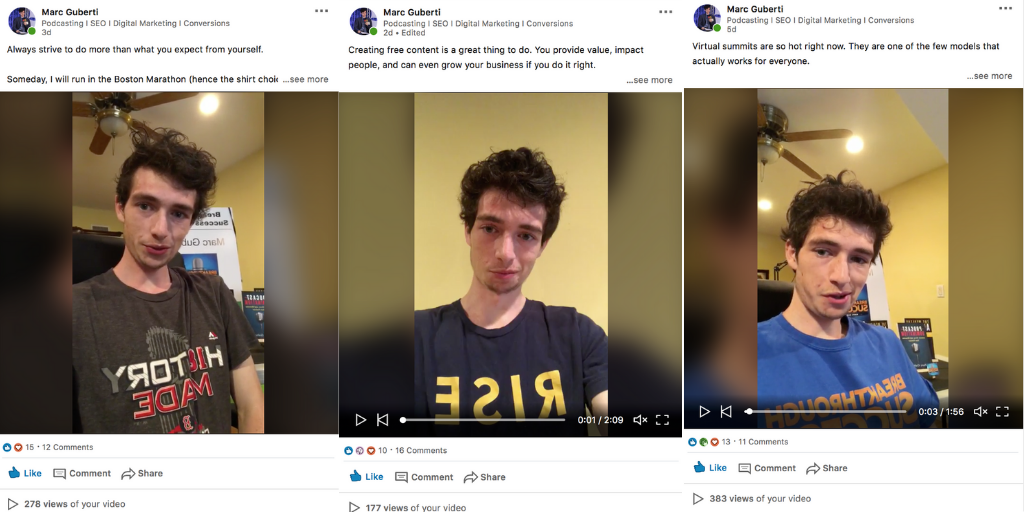Chris Parker is the founder of WhatIsMyIPAddress.com which is a tech-friendly website he created in 2000. What began as an experiment turned into a side hustle during his extra time. Getting laid off from his full-time corporate job gave him the opportunity to fully devote himself to the website. Now the website is a resource for those concerned about online privacy, security, and freedom.
Chris shares his entrepreneurial journey, and it’s filled with lessons. One of the big lessons for me was his calculated risk taking that many can relate to…when do you actually quit your job and go all-in on your business. It’s a tough question because you’re cutting out a big income stream and replacing it with a smaller income stream that can get much bigger in the future.
In Chris’ case, he was laid off and had to figure out how his side hustle would replace his income. Discover how Chris replaced the income and his advice for entrepreneurs in a similar situation.
Key Links From The Episode:
Want to see how we can work together? Schedule a free strategy call here.
Chris Parker’s other website for behind-the-scenes content

